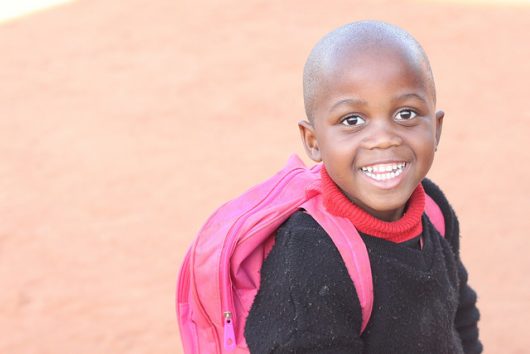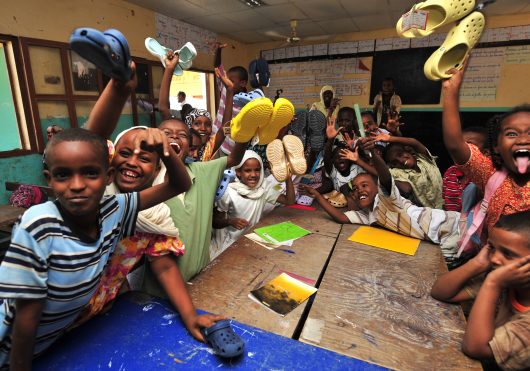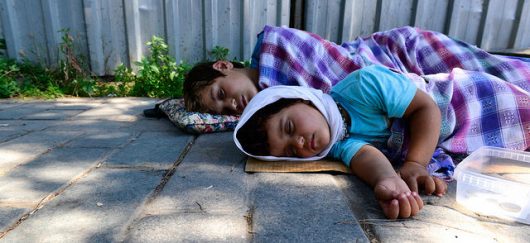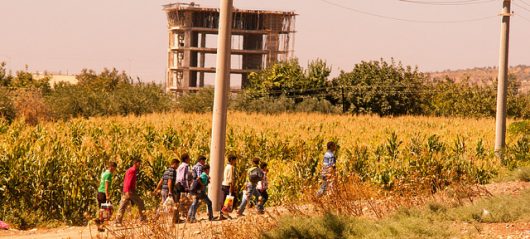
The Federated States of Micronesia (FSM) consists of 607 islands spread over one million square miles in the Pacific Ocean. Here are eight facts about Micronesian refugees you should know:
- The U.S. occupied and administered the FSM from 1947 to 1979. During this time, the FSM’s population grew significantly due to the introduction of modern medicine. The U.S. also developed a wage economy in the FSM, encouraging Micronesians to migrate to population centers in search of work.
- When the FSM declared independence in 1979, the U.S. dramatically reduced the funds it contributed to the Micronesian economy, which shrunk the FSM and forced many Micronesians to return to their home islands. However, there remained on the islands a large population of skilled, educated and mobile individuals.
- The majority of Micronesian refugees today come to the U.S., specifically to Hawaii. This immigration pattern began in 1986 when the FSM signed a Compact of Free Association with the U.S. This gave Micronesians the right to freely migrate to the U.S. and to significant economic aid in exchange for the use of Micronesia’s extensive territory as military testing grounds.
- The U.S. tested nuclear weapons in Micronesia before signing the Compact without the FSM’s consent. In 1946, the U.S. informed the inhabitants of Bikini Atoll that they would have to relocate. Over 12 years the U.S. detonated bombs on the Marshall Islands, leaving behind radiation equal in scale to 7,000 Hiroshima-sized bombs. The residents of Bikini Atoll were never able to re-inhabit their home.
- Some of the aid and protections given to Micronesians under the Compact have rolled back. In 1996, President Bill Clinton signed a bill that cut off Micronesians’ access to Medicaid and food stamps.
- This rollback has hit Micronesians hard, as a disproportionate number of refugees living in Hawaii are homeless and unsheltered; Hawaii has the highest cost of living of any state in the U.S. Additionally, the FSM has the highest rate of diabetes in the world. The reason many refugees come to the U.S. in the first place is for access to more comprehensive health care.
- Despite the fact that Micronesian refugees pay taxes to the U.S. and volunteer for the military at twice the rate of American citizens, they cannot vote. As a result, many Micronesians feel the government treats them unfairly.
- Currently, most of the Marshall Islands (part of Micronesia) are less than six feet above sea level. Rising sea levels will likely spur waves of refugees to immigrate to Hawaii and the U.S. mainland in the near future, making it essential that the U.S. government address present and future living conditions of Micronesian refugees in the U.S.
It is important to keep these eight facts about Micronesian refugees in mind in the face of an administration that has so far proven itself unsympathetic to the plights of refugees from Mexico and Syria. Micronesian refugees have not received as much media attention as those of refugees from the aforementioned countries, but aid is still needed for those who flee Micronesia.
– Caroline Meyers
Photo: Flickr









